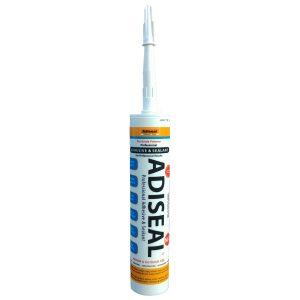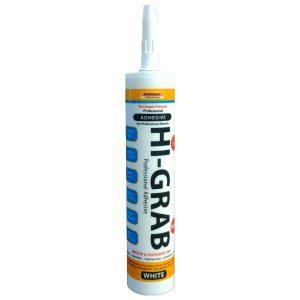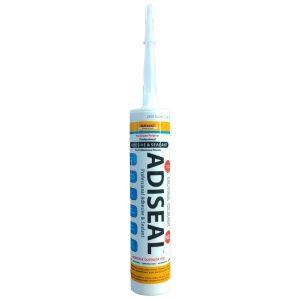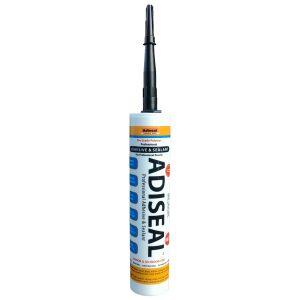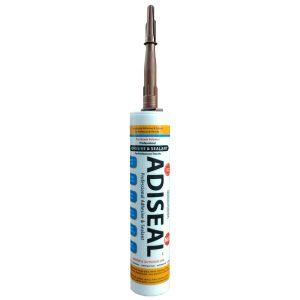Plastic to Metal Adhesive
Plastic to Metal Adhesive: Secure Bonding for Diverse Applications
Plastic to metal adhesive is a reliable and versatile solution that enables secure bonding between plastic and metal surfaces. Whether you’re working on household repairs, crafting projects, or industrial applications, using a high-quality adhesive is crucial for achieving a durable and long-lasting bond. In this article, we will explore the benefits, application techniques, and considerations when using plastic to metal adhesive, helping you achieve successful bonding results.
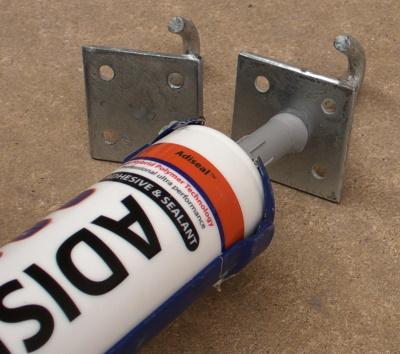
Benefits of Plastic to Metal Adhesive
Plastic to metal adhesive offers several advantages that make it a preferred choice for joining plastic and metal surfaces:
1. Strong and Reliable Bond:
– Creates a robust bond between plastic and metal, ensuring structural integrity.
– Provides excellent resistance to impact, vibration, and temperature fluctuations.
2. Versatility:
– Suitable for various plastic and metal materials, including ABS, PVC, aluminum, stainless steel, and more.
– Compatible with different surface finishes, such as smooth, textured, or painted surfaces.
3. Resistance to Environmental Factors:
– Withstands exposure to moisture, chemicals, UV rays, and other environmental elements.
– Maintains bond strength even in challenging outdoor or industrial environments.
Application Techniques
To achieve optimal bonding results, consider the following techniques:
1. Surface Preparation:
– Clean the plastic and metal surfaces thoroughly to remove dirt, grease, and contaminants.
– Use a mild detergent or recommended cleaning agent, followed by rinsing and drying.
2. Adhesive Application:
– Apply the adhesive evenly to either the plastic or metal surface, or both, depending on the adhesive type.
– Follow the manufacturer’s instructions regarding the recommended coverage and application thickness.
3. Bonding and Curing:
– Join the plastic and metal surfaces together, applying pressure as instructed by the adhesive manufacturer.
– Allow sufficient curing time for the adhesive to set and develop maximum bond strength.
Considerations for Successful Bonding
To ensure successful bonding between plastic and metal, keep the following considerations in mind:
1. Compatibility:
– Select an adhesive that is specifically designed for bonding plastic to metal.
– Verify the compatibility of the adhesive with the specific types of plastic and metal you are working with.
2. Environmental Factors:
– Consider the intended application environment and choose an adhesive that offers suitable resistance to temperature, humidity, and other environmental factors.
3. Load and Stress Distribution:
– Evaluate the load-bearing requirements of the bonded assembly to select an adhesive with the appropriate strength and flexibility.
Conclusion
Plastic to metal adhesive provides a reliable and effective solution for bonding plastic and metal surfaces. Its strength, versatility, and resistance to environmental factors make it ideal for a wide range of applications. By following proper surface preparation, adhesive application, and curing techniques, you can achieve a strong and durable bond between plastic and metal. Consider the compatibility, environmental factors, and load requirements to ensure successful bonding results. Invest in a high-quality product and unlock the potential to create secure and long-lasting assemblies for your projects.
Showing all 6 resultsSorted by popularity
